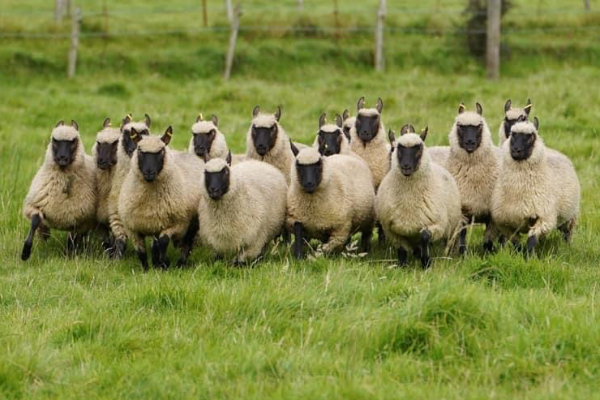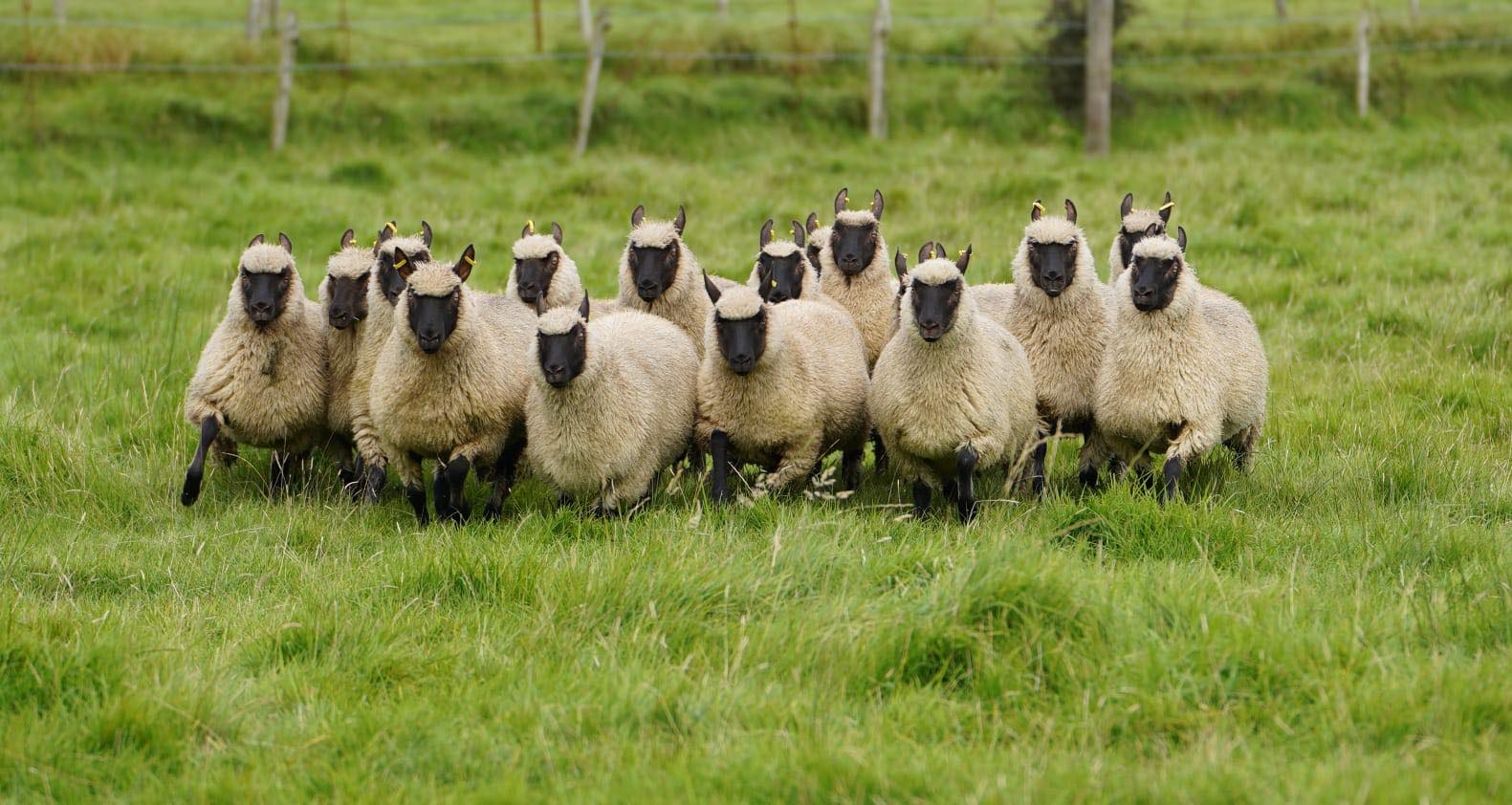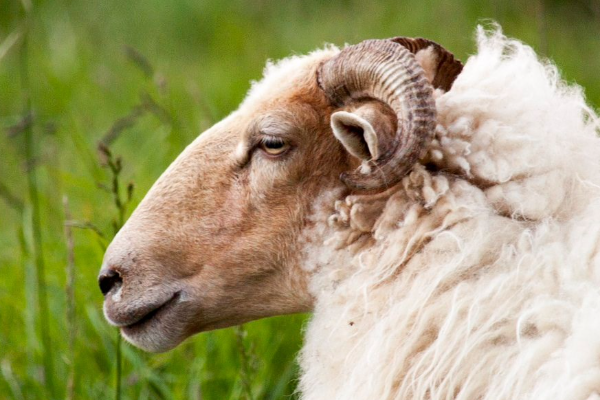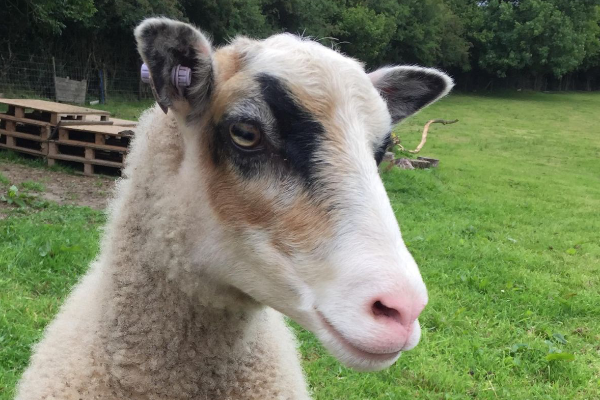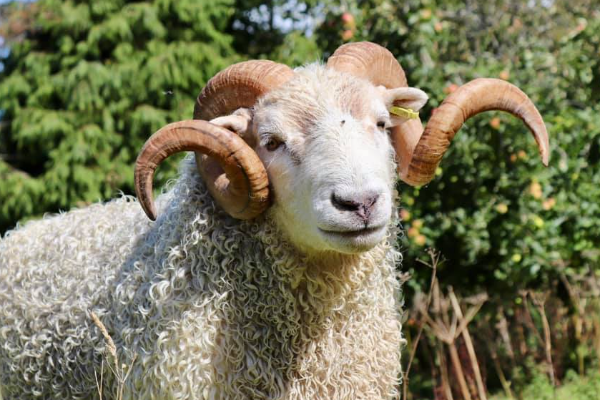Clun Forest Sheep
Picture by: Edward Adamson
What is the history of Clun Forest Sheep?
The Clun Forest is a breed of domestic sheep originating from the area surrounding town of Clun, situated in the beautiful Clun Valley in the southwest corner of Shropshire and near the county of Powys.The Clun Forest is a mountainous district, running to an altitude of 1,630 feet above see level. Many Clun flocks have been kept for years in those hills, while others thrive in the lower pastures of the area. Because local shepherds selected for hardy, fertile sheep, the Clun Forest became, through the centuries, a hardy and adaptable breed, able to forage and fend for itself.
Some authors attribute the breed to a combination of Hill Radnor and Shropshire with Kerry Hill breeding also introduced in about 1865. The Cluns were among those breeds that became economical to produce following an agricultural depression in Britain, beginning in the 1870s, when the price of sheep collapsed, the bottom fell out of the grain market, and lands were left to return to grass. Such breeds had merit in part because of their ability to survive in a rigorous environment, on grass and whatever they could forage through the seasons, and still produce viable lambs under those conditions.
In 1925 the Clun Forest Sheep Breeders Society was formed “to secure the purity of the lineage and fixity of type” and also to promote the virtues of the breed throughout the sheep industry. Gradually, flocks began to establish pedigree status and after the hiatus of the Second World War, the Clun entered its Golden Age, a period which extended from the mid-forties to the seventies. It is during this period that the Clun became the third most numerous purebred in Britain.A Flock Book has been published every year since.
Over the past 95 years the breed has retained all the positive attributes, which has made it popular worldwide. However, the ears are now carried slightly higher and the face is a darker shade of brown. Since the formation of the Society, the Clun Forest breed has spread from the ancient kingdom of Mercia all over the UK and Ireland, they have also been exported throughout Europe, Africa and North America.
What are the characteristics of Clun Forest Sheep?
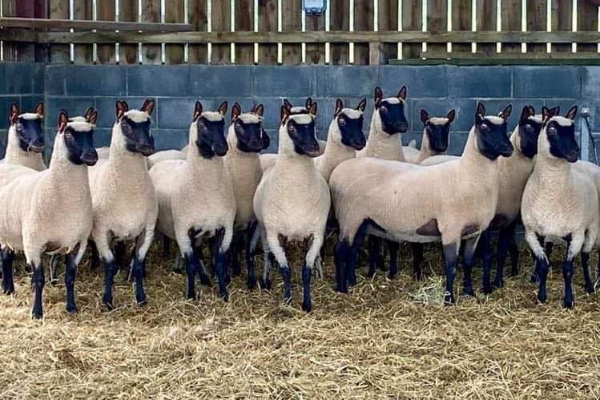 Picture by: Anna Pennell
Picture by: Anna Pennell
- Clun Forest Sheep highly resistant to disease and have a low mortality rate and most importantly finish their lambs off grass, so are low input.
- The Clun ewes when crossed with any terminal sire ram produce early maturing lambs with excellent weight for age results.
- The reputation of this most versatile pure breed rested on its ability to function as a superb commercial ewe breed on grassland farms, but it has also been used as a crossing breed, and already is a foundation sheep for two new breeds the Colbred and the Cambridge.
- When they are crossed with a BFL they produce a Mule Ewe second to none, these ewes crossed with Texels, Charollais and Suffolks giving offspring ideal meat trade, with great confirmation and quick growth rates that finish on grass alone.
- They are the ideal foundation ewe in a 3 tier production system.
- The strong point of this breed with records showing ewes can still be breeding at 12 years of age.
- The ewes are excellent mothers, lamb easily, and have plenty of rich milk.
- They make ideal sheep for the small holder or commercial farmer as they have good feet, lamb on their own, good mouths, high scrapie, resistance and finish their lambs of grass so cost less and make you more money.
- Cluns make excellent mothers and are particularly free from lambing difficulties with many flocks laming outside.
- The fleece is generally of a high quality, and popular with spinners, knitters and for making futons.
- A clean open dark-brown face, free from speckles, top of head nicely covered and free from dark wool.
What is the weight of mature Clun Forest Sheep?
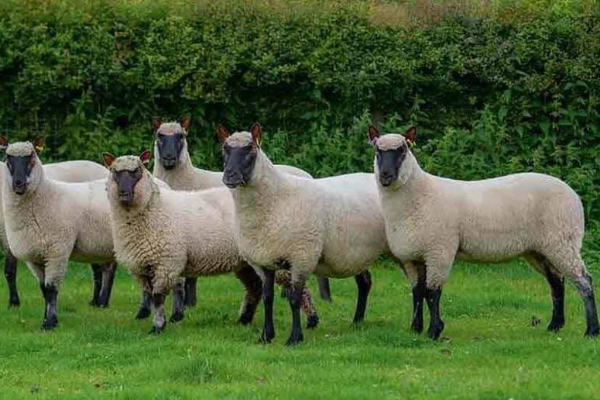 Picture by: Anna Pennell
Picture by: Anna Pennell
Clun Forest ram is about 90 kg and a mature ewe around 60 – 70 kg.

Written by
H Cetin KATIRCI
Online ShepherdBreedsMore
IllnessesMore
Forage cropsMore
![]() Патологическая физиология голодания Arina TARAN
Патологическая физиология голодания Arina TARAN![]() Дефицит фосфора (гипофосфатемия) Hipofosfatemi Arina TARAN
Дефицит фосфора (гипофосфатемия) Hipofosfatemi Arina TARAN![]() Какие бывают кормораздатчики для ферм КРС? Irina Makarova
Какие бывают кормораздатчики для ферм КРС? Irina Makarova![]() Кормушки для овец Diana Myakisheva
Кормушки для овец Diana Myakisheva![]() Питание домашних коз: что едят, виды корма и правила кормления Alina Arslantürk
Питание домашних коз: что едят, виды корма и правила кормления Alina Arslantürk![]() Важность минералов питании сельскохозяйственных животных Irina Makarova
Важность минералов питании сельскохозяйственных животных Irina Makarova

